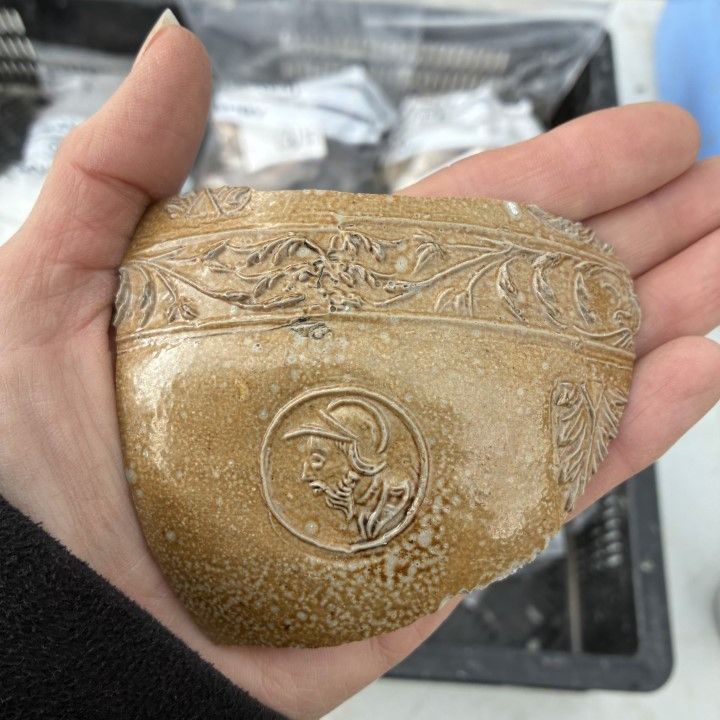National Trust Archaeology
@nattrustarch.bsky.social
4K followers
110 following
420 posts
Sharing information about archaeology at National Trust places across England, Wales and Northern Ireland
Posts
Media
Videos
Starter Packs





















